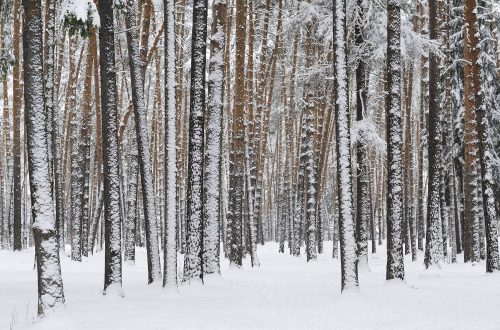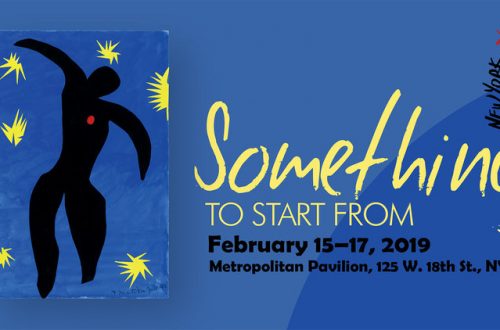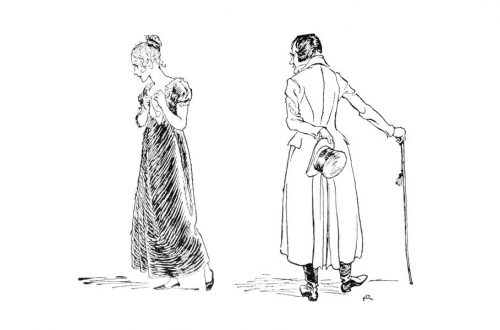Editorial Quick Take
The beautiful word begets the beautiful deed.
In Thomas Mann’s The Magic Mountain
On January 1st, 2020, the vaults of the U.S. copyright office opened its stores of material from 1924 to public domain. Last year, we highlighted this henceforth annual occasion by featuring Robert Frost’s “Stopping By Woods on a Snowy Evening.”
If you’re looking for more poetry this year, “The Happy Marriage” and Other Poems by Archibald MacLeish is on offer. This year’s treasure trove also includes G.K. Chesterton’s biography of St. Francis of Assisi, Benito Mussolini’s New Politic of Italy (if you happened to read Italian), and Marie Curie’s biography of Pierre (if you read French).
The most notable novels on the list are E.M. Forester’s A Passage To India, Thomas Mann’s The Magic Mountain, and Herman Melville’s Billy Budd. Some great children’s books going into the public domain include A. A. Milne’s book of poetry When We Were Very Young and The Box-Car Children by Gertrude Chandler Warner.
One outstanding feature this year is music. You can now riff on Gershwin’s Rhapsody in Blue and record it to your heart’s content. There is a great deal of music by Ravel. Gabriel Fauré’s Masques et Bergamasques and Charité were also released in 1924. And gutsy piano students everywhere can now legally photocopy Chopin’s Préludes as they sweat over its tangled passages.
In addition to these great works, there are scores of quirky popular songs that really give you a feel for the era, such as: “My Wife Cut my Hair” by Arthur Walsh, “Boll Weevil Blues” by Postal McCurdy and an abundance of foxtrots devoted to everything from “coca cola” to “corn’ beef n’ cabbage.” Plus this little ditty you may have grown up singing: “Does the spearmint lose its flavor on the bedpost overnight?” You can browse the copyright archives for books here and music here. If you find any gems or curiosities, please share in the comments below!
For St. Francis nothing was ever in the background. We might say that his mind had no background, except perhaps that divine darkness out of which the divine love had called up every colored creature one by one. He saw everything as dramatic, distinct from its setting, not all of a piece like a picture but in action like a play. A bird went by him like an arrow; something with a story and a purpose, though it was a purpose of life and not a purpose of death.
G.K. Chesterton in Saint Francis of Assisi
Header Image: End of Sertig Valley near Davos in Switzerland (cropped), taken by de:Benutzer:Flyout, Creative Commons Attribution-Share Alike 3.0 Unported license. Davos is the setting for Thomas Mann’s The Magic Mountain





